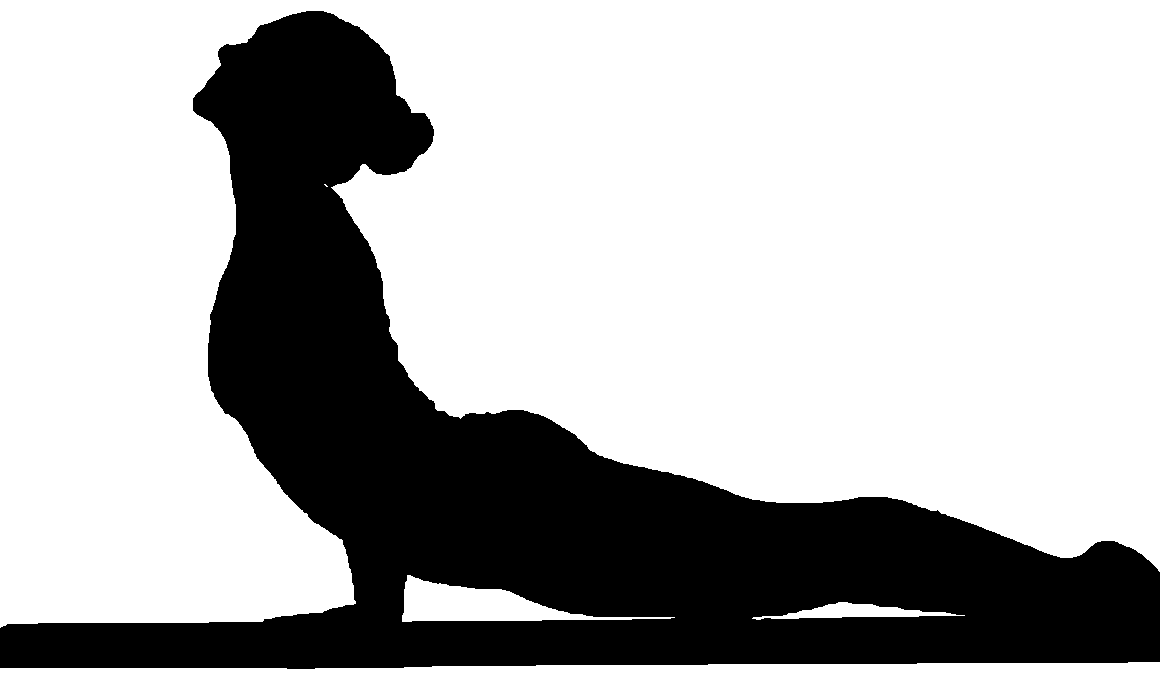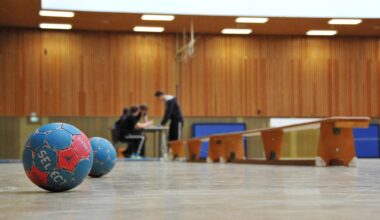The Influence of Traditional Healing Practices on Modern Fitness
In recent years, there has been a notable shift towards incorporating traditional healing practices into modern fitness regimes. Many fitness enthusiasts are increasingly recognizing the benefits of holistic approaches to health, which emphasize the interconnectedness of body, mind, and spirit. Traditional healing methods, such as acupuncture, herbal remedies, and meditation, are being integrated into exercise routines and wellness programs. These practices not only enhance physical fitness but also improve overall well-being by addressing mental and emotional health. Moreover, incorporating these practices can lead to a more balanced lifestyle, ultimately fostering long-term health improvements. As society becomes more attuned to the significance of holistic health, various fitness experts are seeking to enrich their programs by including time-honored traditions, thereby offering participants a multifaceted experience that goes beyond mere physical exercise. This blending of old and new practices aims to create a richer fitness culture, whereby individuals cultivate a deeper sense of self-awareness and personal growth. Thus, the synergy between traditional healing and modern fitness is paving the way for innovative and effective health solutions.
The role of mindfulness, which is deeply rooted in various traditional practices, has become a cornerstone of modern fitness regimens. Techniques such as yoga, tai chi, and qigong not only promote physical strength and flexibility but also enhance mental focus and emotional stability. As practitioners engage in these disciplines, they often find a profound connection between breath control and the physical movements executed. This connection encourages individuals to be fully present in their workouts, fostering a more purposeful exercise experience. Additionally, many studies have shown that mindfulness practices can lead to improved stress management, reduced anxiety, and heightened motivation. By incorporating mindfulness into workout routines, individuals can effectively tap into their inner resources, leading to healthier choices and lifestyle changes. Fitness trainers often emphasize the importance of being mentally engaged during workouts, as it can influence endurance and performance levels. The integration of mindfulness from traditional practices into modern fitness is thereby transforming the way individuals approach their health and wellness journeys.
Herbal Remedies and Nutrition
Traditional healing practices have long recognized the significance of nutrition and herbal remedies in promoting health. Modern fitness enthusiasts are beginning to embrace these insights, looking beyond standard nutritional guidelines. Herbal supplements, derived from centuries-old wisdom, are becoming increasingly popular for their potential health benefits. Ingredients such as turmeric, ginseng, and ashwagandha are hailed for their anti-inflammatory and adaptogenic properties, which can enhance physical performance and recovery. Many fitness programs now integrate discussions about these herbs, empowering participants with knowledge about how to optimize their diet for better results. Emphasizing whole foods and natural ingredients aligns with the holistic view of health, which goes beyond calorie counting. By adopting a more nutrient-dense diet enriched with traditional herbs, individuals can improve their vitality and overall well-being. Moreover, the resurgence of interest in herbal remedies encourages a deeper appreciation for natural healing methods that have stood the test of time. This trend reflects the growing desire for individuals to take charge of their health through informed dietary choices and holistic strategies.
Additionally, the use of traditional healing techniques is promoting community and cultural awareness within the fitness industry. Many fitness centers and wellness programs are beginning to feature workshops and classes focused on these ancient methodologies. By doing so, they create spaces for culture sharing and allow participants to experience the richness of diverse healing practices. This, in turn, supports the preservation of traditional knowledge and encourages intergenerational dialogue about health and wellness. Group activities, such as community yoga sessions or herbal medicine workshops, often foster a sense of belonging and promote emotional well-being among participants. Moreover, cultural retreats and wellness festivals dedicated to traditional practices have gained much popularity, allowing individuals to immerse themselves fully in various healing approaches. Such initiatives not only enhance personal fitness goals but also engage communities in broader conversations around health and well-being. By embracing the historical and cultural foundations of healing practices, modern fitness enthusiasts can cultivate a deeper connection to their culture while enhancing their personal wellness journeys.
Integrative Approaches in Fitness
Fitness professionals are increasingly recognizing the advantages of integrative approaches that blend various traditional practices with modern techniques. This trend has led to the emergence of hybrid fitness programs that combine elements of strength training, Pilates, and ancient healing techniques. For example, incorporating breathing exercises from yoga into weightlifting routines can improve performance by enhancing oxygen flow and mental clarity. Trainers are seeking certification in diverse methodologies that allow them to deliver comprehensive and well-rounded fitness experiences to their clients. The goal of these integrative approaches is to cultivate a balanced physical and mental state, ultimately promoting optimal health. Furthermore, this melding of practices often leads to a more engaging and enjoyable workout environment, which can motivate participants to remain consistent in their fitness journeys. The incorporation of traditional practices also teaches individuals valuable life skills, including patience, resilience, and self-compassion, which can significantly contribute to their overall well-being. As integrative approaches continue to gain momentum, we can anticipate a ripple effect throughout the fitness community, enriching participants’ experiences worldwide.
Moreover, the influence of traditional healing practices on modern fitness has shifted perspectives on recovery and self-care. Active recovery techniques, inspired by ancient wisdom, are being integrated into contemporary fitness regimens. Practices such as foam rolling, stretching, and restorative yoga emphasize the importance of allowing the body to heal and rejuvenate. This holistic understanding of fitness recognizes that recovery is as crucial as the workout itself. Additionally, practitioners are increasingly prioritizing self-care routines that include elements derived from traditional healing methods, such as herbal baths and mindful meditation, which enhance relaxation and recovery. The modern fitness industry is beginning to acknowledge the physical and psychological benefits of these practices, leading to a more compassionate approach to fitness. By adopting a mindset that values recovery, individuals can experience reduced injury rates and improved performance levels. This progressive view of fitness promotes longevity, encouraging a lifelong commitment to health and self-improvement. As a result, the merging of recovery practices with traditional knowledge underscores the importance of holistic approaches to achieving well-being.
The Future of Fitness
As the landscape of health and wellness continues to evolve, the integration of traditional healing practices into modern fitness is likely to persist. Consumers are now more discerning about what they value in their health regimes, demanding authenticity and holistic experiences. This shift offers opportunities for fitness professionals to innovate and diversify their offerings, ensuring that they cater to the holistic needs of their clients. Experts predict that future fitness trends will increasingly reflect this amalgamation of practices, creating a more inclusive landscape that respects ancient traditions while prioritizing modern-day necessities. The utilization of technology may also enhance this integration, allowing for virtual classes that offer access to diverse healing techniques and fitness methodologies. By leveraging social media and other online platforms, fitness instructors can reach a broader audience and share the wisdom of traditional healing practices. This fusion of traditional and modern elements holds the promise of creating richer, more fulfilling fitness experiences, one that encourages continuous learning and adaptation. In summary, as modern fitness forges its path forward, traditional practices will undeniably play a vital role in shaping its future.
In conclusion, the influence of traditional healing practices on modern fitness signifies a movement toward holistic health and well-being. This approach highlights the importance of mind, body, and spirit integration, providing a deeper, more enriching experience for individuals pursuing fitness. By bridging the gap between ancient wisdom and contemporary methodologies, fitness enthusiasts can enjoy enhanced physical health, emotional resilience, and mental clarity. The collaboration between fitness professionals and traditional healers paves the way for innovative, effective strategies to improve health and overall quality of life. As this trend continues to gain momentum, we can embrace a future where health and wellness are rooted in a profound understanding of the interconnectedness between our physical selves and emotional well-being, resulting in a more sustainable and harmonious approach to fitness.


